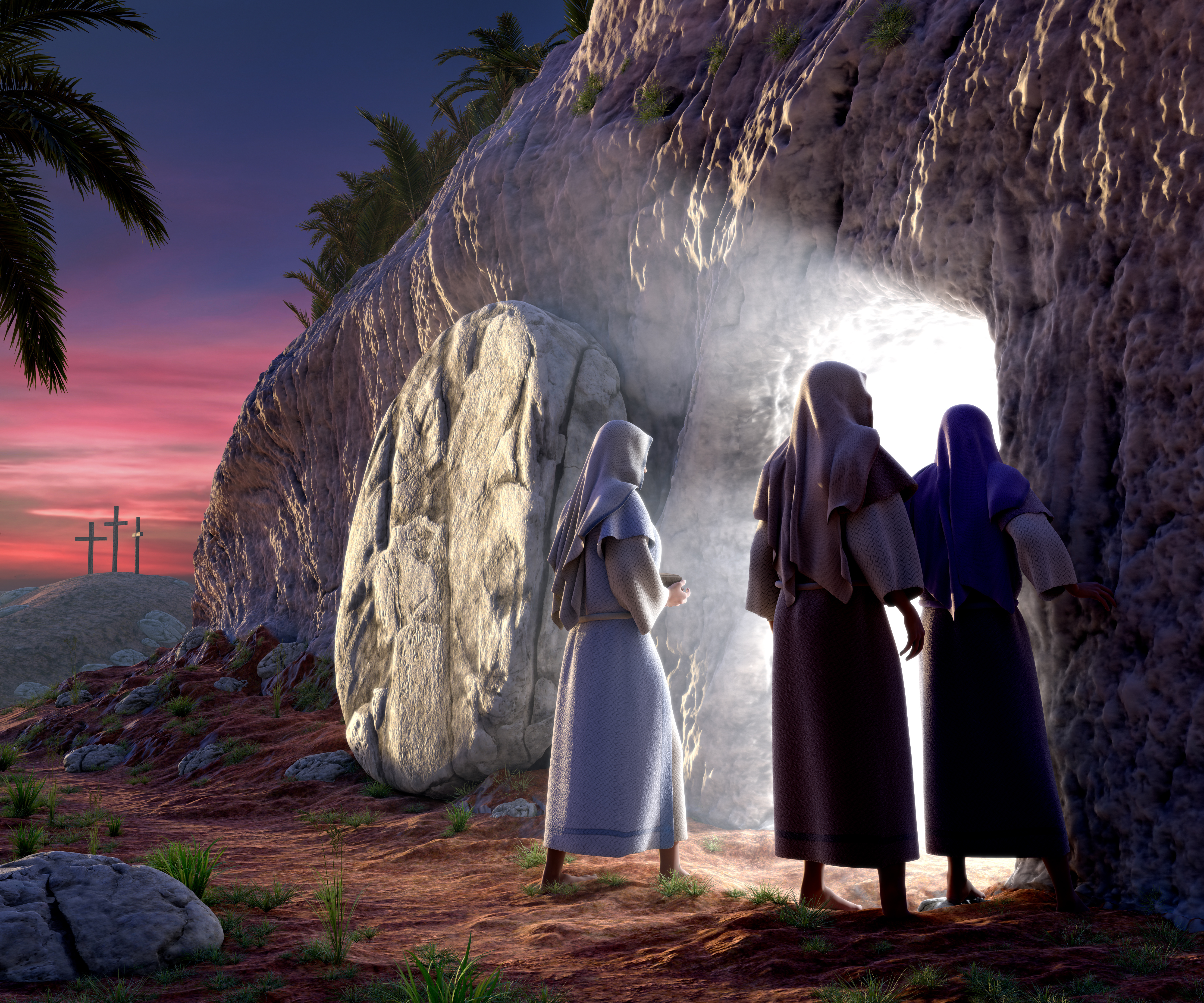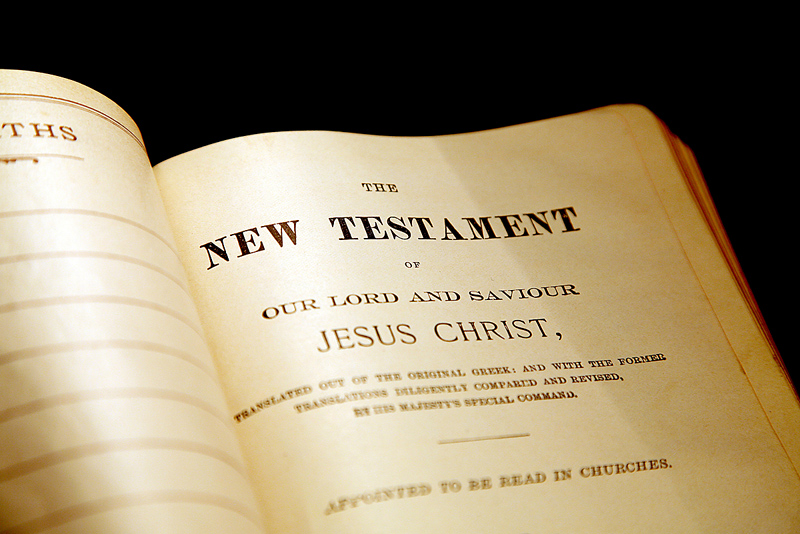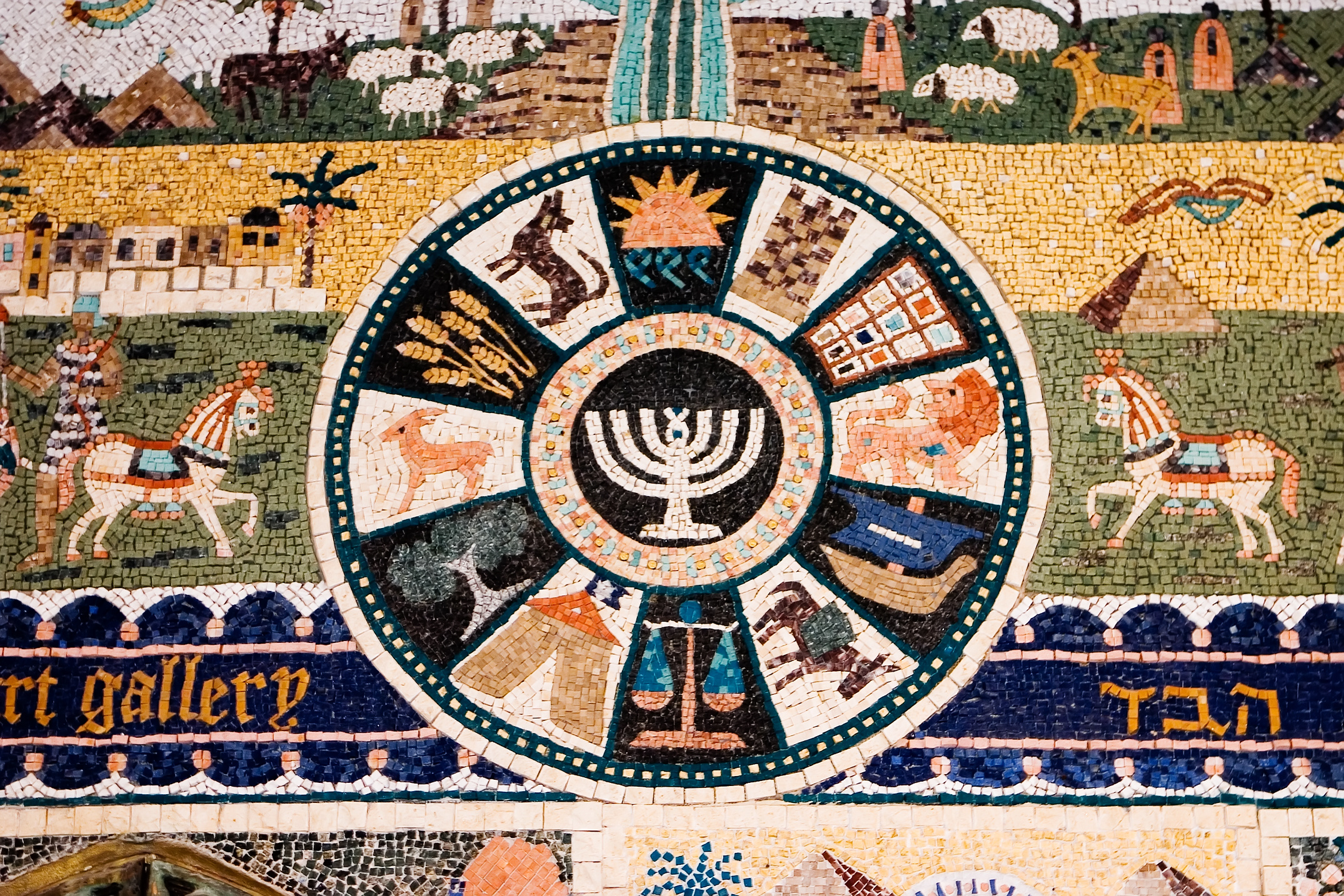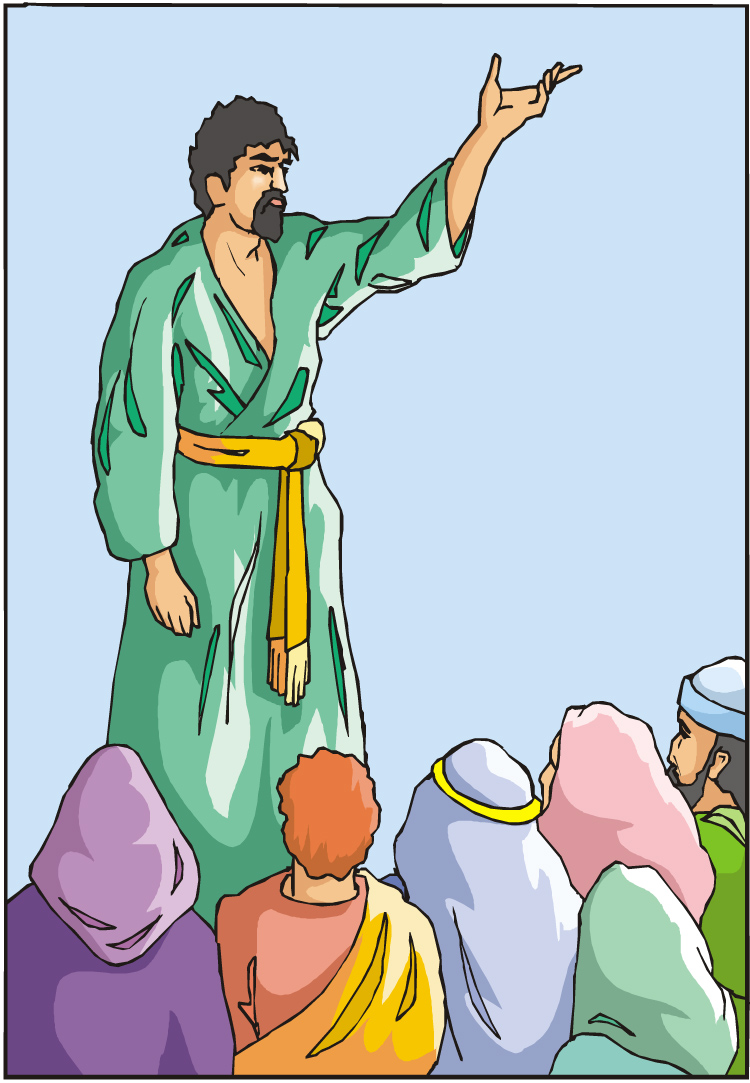Category Archives: Scripture
Sons of Thunder…the Voice of YHVH…the Testimony of Yeshua (NT)
Mark 3:16–17, Surnamed Peter … sons of thunder. Yeshua chose twelve apostles, but the first three of the twelve that he chose were unique. This trio—Peter, James and John—formed the innermost circle of Yeshua’s associates, and ten times the Scriptures record their names together, as a group. Beyond that, Yeshua spoke prophetically over each one which, we can now see in retrospect, pertained to the calling he was giving them to canonize what would later become known as the New Testament. Let’s now examine the scriptural evidence for this assertion.
To Simon, Yeshua gave the nickname Peter, which means “a stone” (Gr. petros meaning “stone” as opposed to petra meaning “rock, cliff, ledge, large stone.” See Matthew 16:18 where juxtaposes these two words—the former he attributes to Peter, the latter to himself.
To James and John, the two sons of Zebedee, he gave the nickname Sons of Thunder (Aram. Boanerges). Did you ever wonder why he dubbed only these three disciples with sobriquets and not the others? Was Yeshua just having fun and playing games, or was he declaring over them, in these nicknames, what their prophetic mission was to be years later? “These are the original apostles Continue reading
The Gospel Message in the Names of the 12 Tribes
Genesis 29:32–35:18, The birth of the Jacob’s twelve sons and the meaning of their names. The Scriptures record that the gospel message was preached not only to the first century believers, but to ancient Israel (Heb 4:2), and to the Patriarchs (Gal 3:8) as well. Here is another example of this in the meanings of the names of the twelve sons of Jacob. His twelve sons were Reuben, Simeon, Levi, Judah, Dan, Naphtali, Gad, Asher, Issachar, Zebulun, Joseph and Benjamin (who was not born until Gen 35:18). The meanings of their names and the statements the Bible attaches to those meanings reveal YHVH’s glorious plan of salvation for mankind. The Scriptures call this message the good news or gospel.
Reuben, Jacob’s first son, means “see or behold a son” (Heb. combination of two words: ra’ah meaning “to see” and ben meaning “son”). At the birth of her first son, Leah proclaimed “surely YHVH has looked upon my affliction” (Gen 29:32). The gospel message here is that YHVH Elohim saw the affliction of sinful man and gave us Yeshua, his Son.
Simeon means “hearing” (Heb. from shama meaning “to hear”). Leah named her second son thusly because “YHVH has heard that I was unloved” and she was hoping to receive her husband’s affection (Gen 29:33). The gospel message in this is that as a sinner, one comes to Yeshua in a lost and unloved state and separated from Elohim, and that when one hears about the Son (Yeshua the Messiah) in the gospel message, it’s at this point they receive the Father’s love.
Levi means “joined” (Heb. from lavah meaning “to join”). Leah named her next son this in the hopes that “now this time will my husband be joined to me” (Gen 29:34). With regard to the gospel, this can infer the union between a redeemed believer and the Father and Son that occurs at the time of one’s salvation. The good news message is the reconciliation and union of man and Elohim through Continue reading
Video: Understanding the Prophetic Mystery of Jacob’s Ladder
The Great Commission and the Torah
Matthew 28:19–20, Go therefore. What were Yeshua’s final instructions to his disciples before his return to heaven? This portion of Scripture is commonly called, the Great Commission and is found in Matthew 28:19-20. Do we find here any clues to Yeshua’s view toward the Torah as to what his expectations were of his disciples? Here Yeshua instructs his disciples (that includes you and me) to:
Go you therefore, and teach all nations, baptizing them in the name of the Father, and of the Son, and of the Set-Apart Spirit: teaching them to observe [keep, preserve, hold fast] all things whatsoever I have commanded you: and, lo, I am with you always, even unto the end of the world. Amein.
It is clear from this text that Yeshua, a Jewish rabbi (Matt 26:25, 49; Mark. 9:5; 10:51; 11:21; 14:45; John 1:38, 49; 3:2, 26, 4:31; 6:25; 9:2; 11:8), expected his disciples to follow, teach accurately and spread his teachings (the good news of the kingdom of Elohim) to the world. In the religious culture of first Continue reading
First Day or First Week? A Big Difference
 Matthew 28:1, First of the week. Is this phrase only emphasizing that Yeshua’s resurrection was on the first day of the week, or is it also telling us something else? This verse reads:
Matthew 28:1, First of the week. Is this phrase only emphasizing that Yeshua’s resurrection was on the first day of the week, or is it also telling us something else? This verse reads:
“In the end [Greek: de] of the sabbath [Greek: sabbaton], as it began to dawn [Greek: epiphosko] toward the first day [a supplied word which is not in the Greek] of the week [Greek: sabbaton], came Mary Magdalene and the other Mary to see the sepulchre.” (KJV)
The other parallel passages in the Gospel accounts include:
And when the sabbath [Greek: sabbaton] was past [diaginomai], Mary Magdalene, and Mary the mother of James, and Salome, had bought sweet spices, that they might come and anoint him. (Mark 16:1, KJV)
Now upon the first [Greek: mia] day [a supplied word which is not in original Greek] of the week [Greek: sabbaton], very early in the morning [Greek: orthros] , they came unto the sepulcher, bringing the spices which they had prepared, and certain others with them. (Luke 24:1, KJV)
Now one of the week, while still very early, they came on the tomb … (Luke 24:1, J.P. Green Interlinear)
The first [Greek: mia] day [a supplied word which is not in original Greek] of the week [Greek: sabbaton] cometh Mary Magdalene early, when it was yet dark, unto the sepulcher, and seeth the stone taken away from the sepulcher. (John 20:1, KJV)
According to Vine’s Expository Dictionary of New Testament Words, the Greek word shabbaton as used in Matthew 28:1, Mark 16:2, Acts 20:7,11 and 1 Corinthians 16:2 though translated in the KJV as “the first day of the week” Continue reading
Genesis 28:10–32:3 Parashat Vayeitzei
This is a gospel-oriented Torah study guide. Our goal is to connect the good news of Yeshua the Messiah (the gospel message) to its Hebraic, pro-Torah roots or foundations. The information given here is more than head knowledge. Understanding and wisdom (the right application of knowledge that is based on truth) is taught thus making biblical truth practical, relevant and applicable to your daily life. The truths of the Bible not only have the power to transform your life here and now for the better, but eventually to take you past the veil of death and into eternity.
This Torah study is subdivided in sections by topic in a magazine format thus making it easy to watch at several sittings.
May you be blessed as you watch this video.
For a free, printable adult and youth Torah study guide on this Torah portion (parashah), please go to http://www.hoshanarabbah.org/parshiot.html




